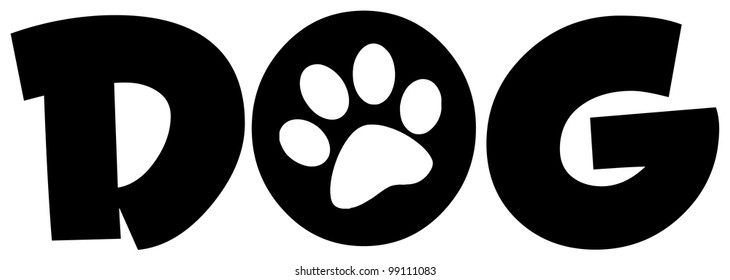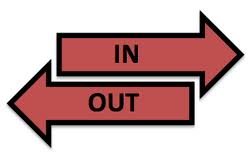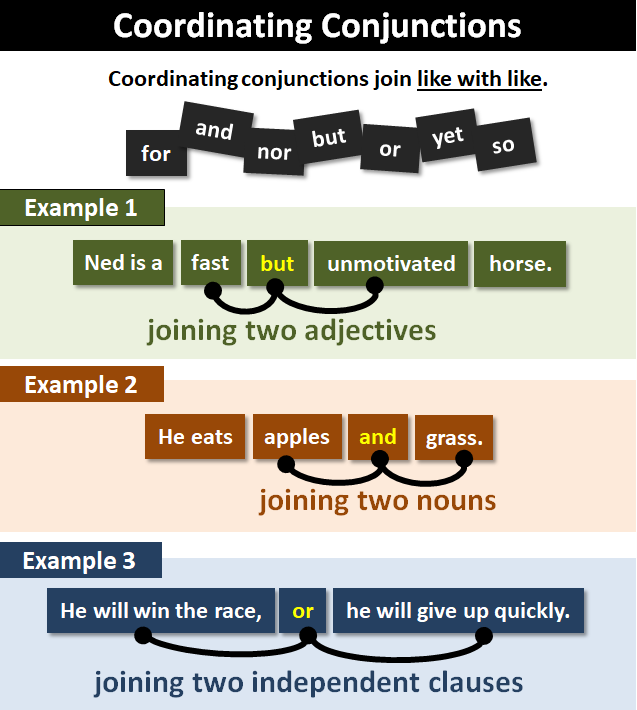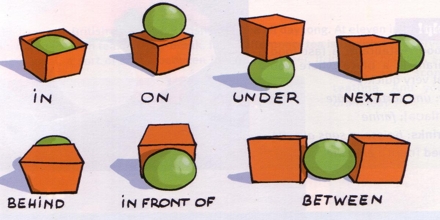WORDS
The word is each of the segments bounded by delimiters in the spoken, written or signed chain, which may appear in other positions and which is endowed with a function. In other words, the word is the minimum unit of language
 |
| Understanding the power of our words |
Types of words
CONTENT WORDS
These words denote concepts such as objects, actions, attributes, and ideas that we can think about like children, build, beautiful, and seldom. Content words are sometimes called the open class words because we can and regularly do add new words to these classes. Content words are words that have meaning; Parts of them are (noun, verb, adjective, and adverb.).
 |
paw print
|
NOUN
A word used as the name of a person, animal, place or thing
Examples:
- Julia
- cat
-headphones
-Oxford
VERB
the word or phrase that gives the action, or asserts something, in a sentences

Examples:
- To run
- Playing
- Had cleaned
ADJECTIVE
A word that describes a noun
Examples:
- Happy
- Intelligent
- Awesome
ADVERB
A word used before or after a verb, before an adjective or preposition, or with another adverb to show time, manner, place, degree, etc.
Examples:
- Happily
- Carefully
- Quickly
FUNTIONAL WORDS
They specify grammatical relations and have little or no semantic content. Function words are sometimes called closed class words. This is because it is difficult to think of any conjunctions, prepositions, or pronouns that have recently entered the language.
The small set of personal pronouns such as I, me, mine, he, she, and so on are part of this class.
These words are necessary for the grammatical structure of a language; these words don’t have a specific meaning. Function words include (pronouns, conjunctions, prepositions, etc.).
 |
The bug out
|
PRONOUNS
A word used instead of a noun (or a phrase containing a noun)
CONJUNCTIONS
A word that connects sentences, clauses or words
PREPOSITIONS
A word put before a noun or pronoun to show how it is related to another word.
REFERENCE
Fromkin, V. (2013). Morphology. In V. Fromkin, Morphology: The words of language (p. 35). Boston : Cengage Learning.










Comentarios
Publicar un comentario